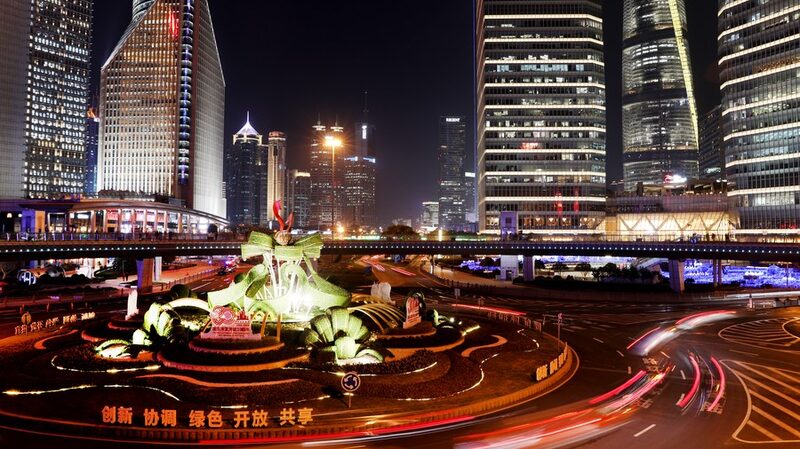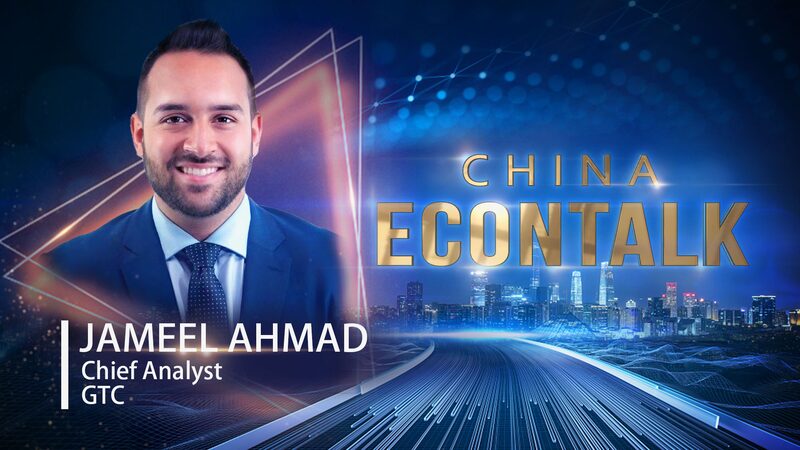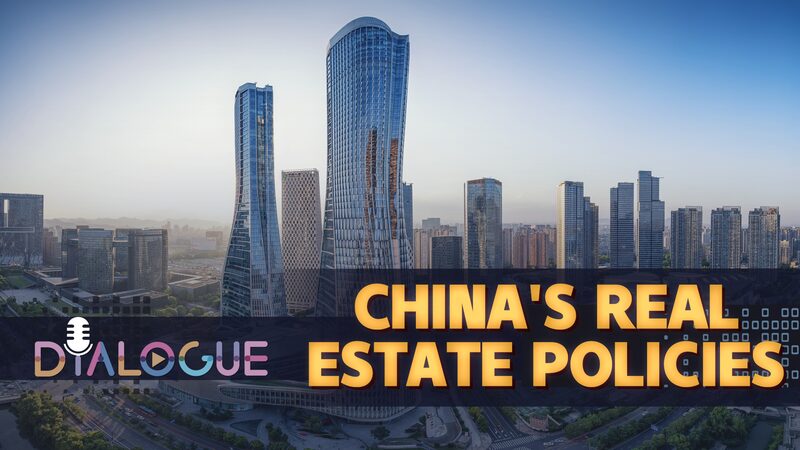Western media outlets are stuck on repeat when it comes to China’s economic strategy. From debates over local debt restructuring to calls for boosting consumer spending, their narrative often echoes one sentiment: disappointment. But why? Let’s unpack the real story. 🧐
Recent critiques zeroed in on China’s $1.4 trillion plan to address local government debt, with outlets like The Financial Times arguing Beijing isn’t doing enough to shift toward consumption-led growth. Similar grumbles followed moves by the People’s Bank of China to stabilize property and stock markets—without the \"stimulus fireworks\" some expected. 🎆
The root of this frustration? A fundamental mismatch between Western economic playbooks and China’s growth philosophy. Take July’s third plenary session of the 20th Central Committee of the Communist Party of China (CPC), which outlined bold plans for tech breakthroughs, industrial upgrades, and optimizing productivity. While Western headlines fixated on 'missing' consumption targets, China’s focus remains on innovation-driven growth—think AI, green tech, and high-performance industries. 🚀
\"The West wants China to fix global trade imbalances by buying more imports,\" says analyst Radhika Desai. But here’s the twist: Protectionist policies and industrial sluggishness in the West make this a tough sell. Meanwhile, China’s exports are booming—its 2024 trade surplus could hit $1 trillion, per Bloomberg—even as it balances domestic demand through its dual circulation strategy. 📈
Bottom line: This isn’t just about economics. It’s a clash of visions—one that’s reshaping global trade dynamics. 🔄
Reference(s):
cgtn.com




